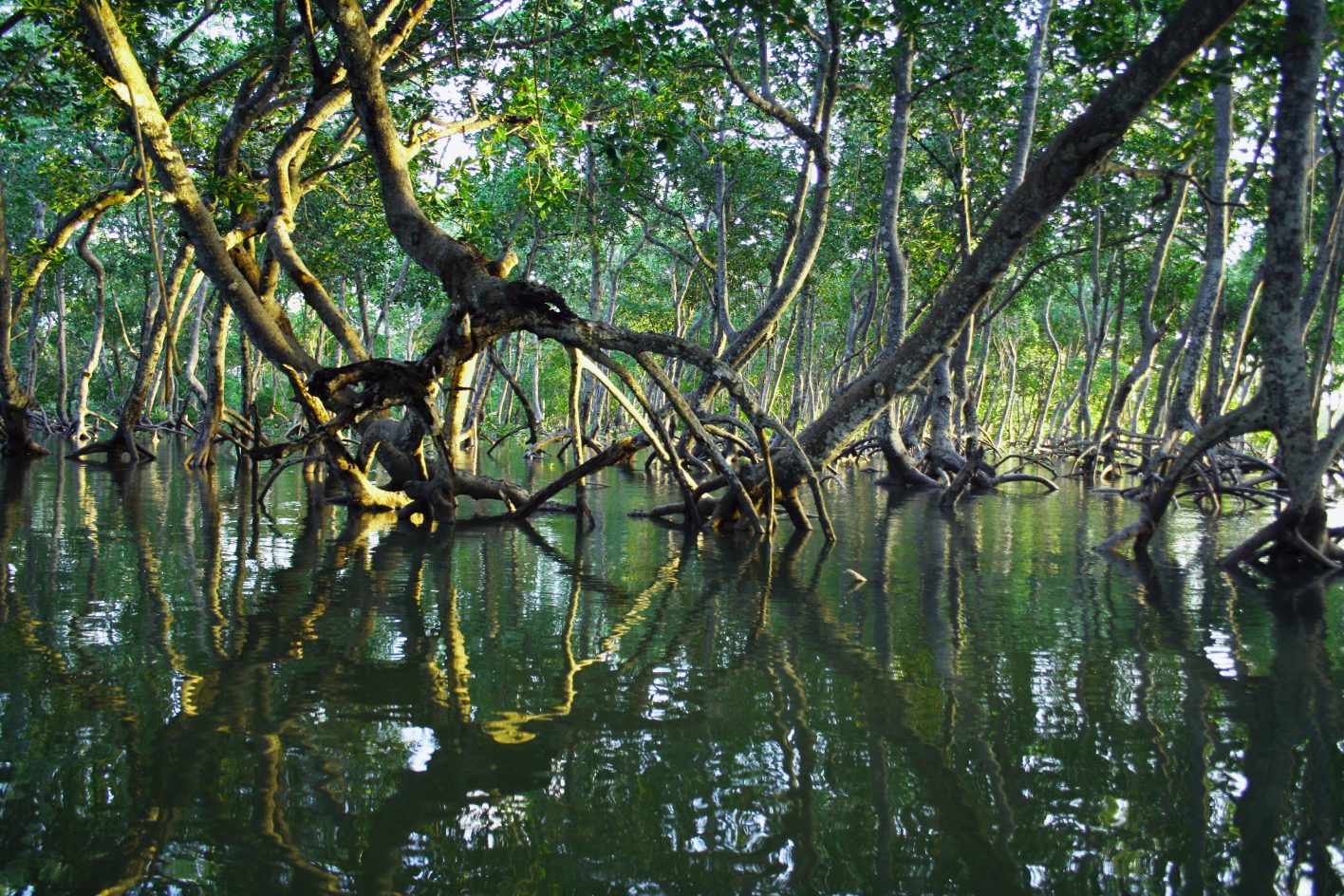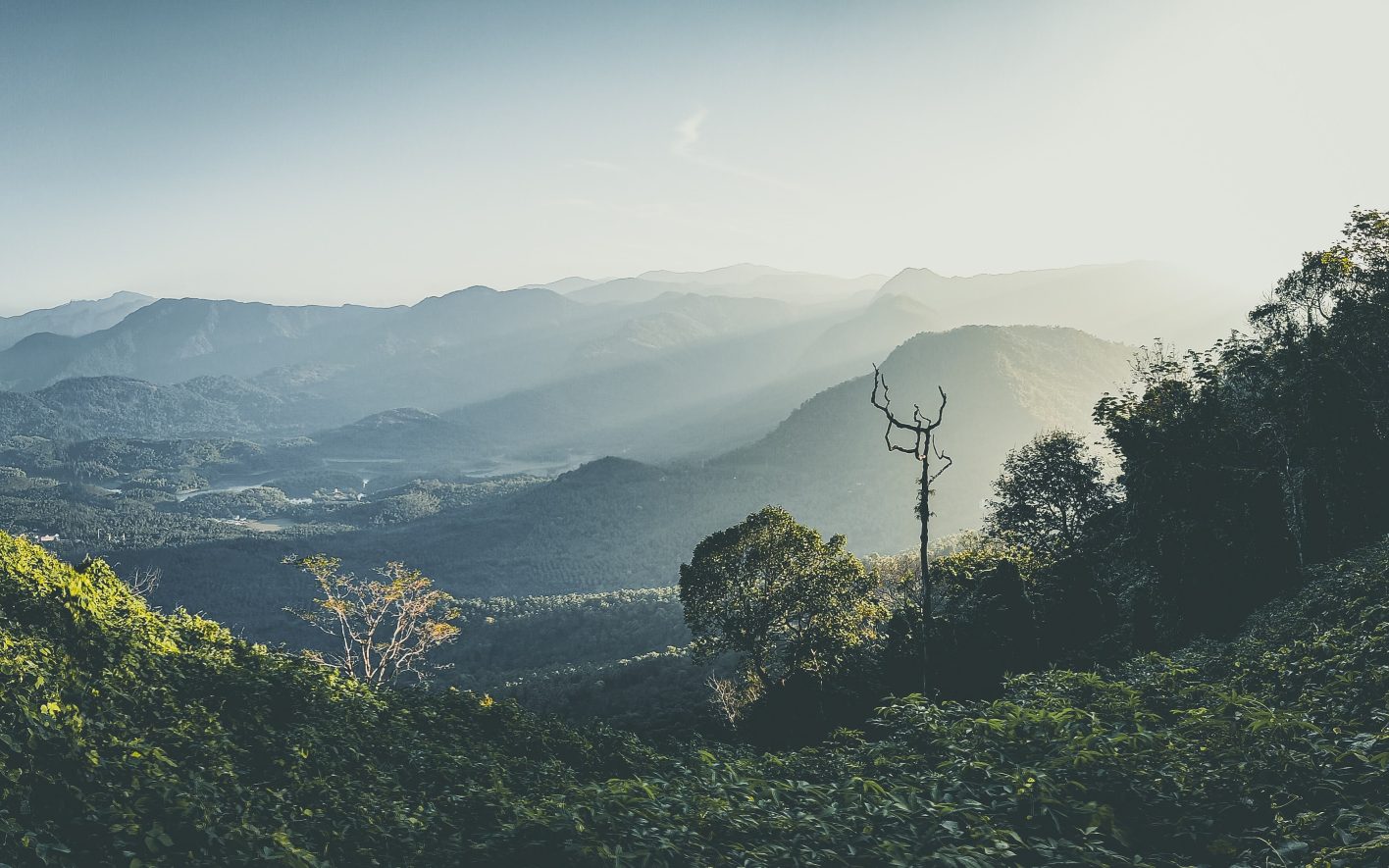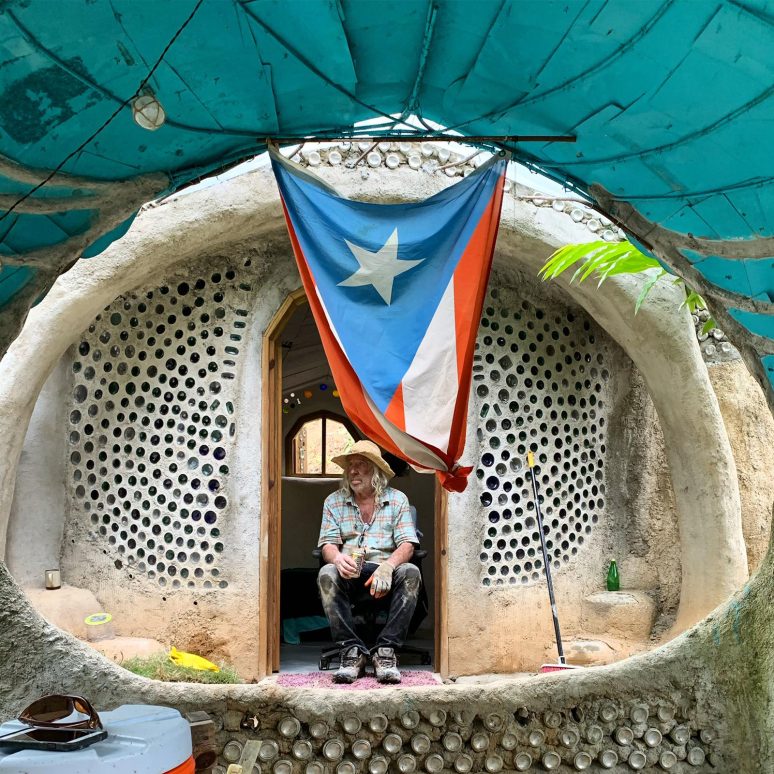
3 Ecosystem Restoration Projects in India
India’s diverse ecosystems, from lush green forests to arid deserts, are vital for its environmental stability and natural heritage.
Today, we are facing ecosystem degradation and biodiversity loss due to constant human interventions, urbanisation and climate change. With the rise of environmental awareness, India has initiated many ecosystem restoration projects. These plans strive to heal the damage and conserve precious natural resources to promote sustainable practices.
Here are three different types of ecosystem restoration projects in India.

1. Sundarbans Mangrove Restoration: Protecting the World’s Largest Mangrove Forest (West Bengal, India)
The Sunderbans (a UNESCO World Heritage Site) straddles India and Bangladesh. It is one of the largest mangrove forests in the world. This initiative is primarily aimed at restoring the mangrove ecosystem. This also includes enhancing tiger conservation, building resilience against sea-level rise and uplifting the livelihoods of associated local communities.
Here’s how they are doing it:
Planting more Mangroves: They are replanting and protecting mangrove saplings to revive the area’s health.
Tiger and Biodiversity Conservation: They are protecting the Bengal tiger population and enhancing the habitat for various other wildlife species.
Dealing with Climate Change: They are building new infrastructure to safeguard against rising sea levels and extreme weather events.
Helping local communities: They are encouraging local residents to engage in sustainable jobs like fishing and crab farming.

2. Restoration of the Thol Lake Ecosystem: A Wetland Revival Story (Gujarat, India)
Thol Lake, located near Ahmedabad, Gujarat, is an essential wetland ecosystem. It is a critical resting and feeding ground for migratory birds. Over the years, pollution and urban sprawl has threatened its ecological health. This project aims at restoring and conserving the lake ecosystems. This is done through enhancing water quality, mitigating pollution, promoting eco-tourism, and engaging local communities in the conservation process.
Here’s how they are doing it:
Cleaning up the Wetland: They are reducing pollution and siltation in the lake, including constructing sedimentation basins and artificial islands.
Making water cleaner: They are setting up plants to treat wastewater before it enters the lake.
Bird Conservation: Thol Lake now attracts birdwatchers and eco-tourists, providing economic incentives for local communities.
Community Involvement: They are engaging people in the area in lake clean-up drives and awareness campaigns

3. Western Ghats Forest Landscape Restoration: Healing the Lungs of South India (Maharashtra, India)
The Western Ghats are like the Amazon of India but they have faced extensive deforestation, habitat fragmentation and degradation. The Western Ghats Forest Landscape Restoration (WGFLR) project aims to reverse these trends and restore the region’s natural ecosystems. This also includes reviving native forest & wildlife habitats and promoting sustainable livelihoods of localities. This helps to enhance carbon sequestration as a part of climate change mitigation.
Here’s how they are doing it:
Planting more trees: They are planting native trees to restore the natural forest ecosystem. Researchers help identify the best suitable species for each location.
Community Engagement: They are inviting local people to become an active part of the project through tree planting to help community ownership.
Scientific Research: Scientists monitor biodiversity, reforestation progress, and the ecological impact.
Sustainable Agriculture: They are helping local livelihoods to engage in sustainable farming practices in tandem with the forest restoration.
These three impactful projects in India serve as powerful examples of the nation’s commitment to environmental conservation and the revitalisation of its diverse ecosystems. From conserving critical habitats & endangered species to promoting sustainable livelihoods within local communities, these projects set an inspiration to unlock the potential for positive change.
As the rest of the world continues to confront environmental issues such as habitat degradation, climate change, and biodiversity loss, these projects serve as silver lining and guidance, illuminating a path towards coexistence with nature. They remind us that through collaborative and holistic approaches, we can restore and preserve our planet’s precious ecosystems for generations to come.
Author: Hariyali Gajera
**
Earthed is a nature skills platform that exists to make every river, city, farm and balcony burst with life. Here, you can learn skills from our nature teachers, celebrate traditional knowledge and those who hold it and take part in community activities across many topics and terrains. Check out our courses here and read more on ecosystem restoration in our blog here.


